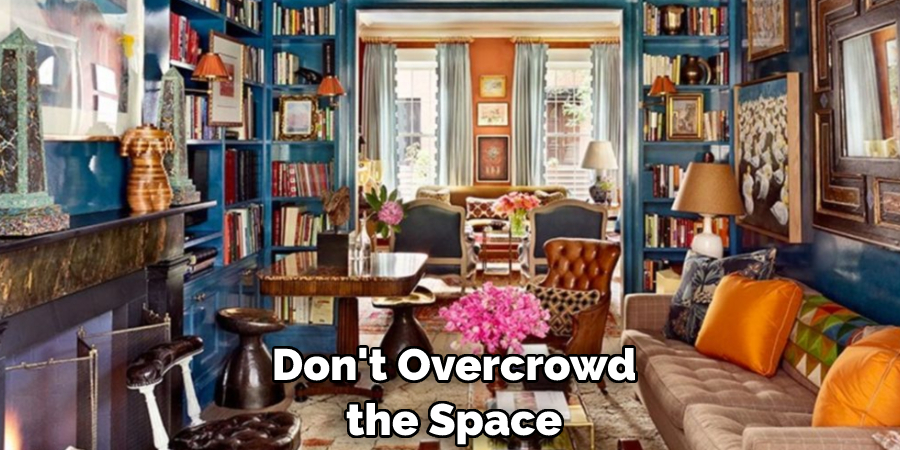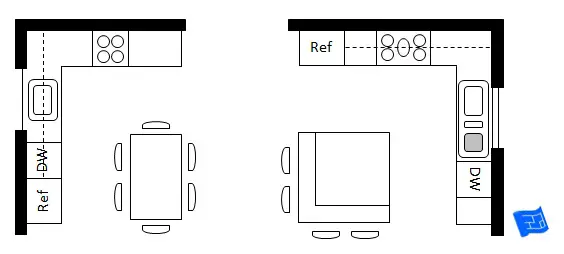When it comes to decorating your living room, choosing a color scheme is one of the most important decisions you will make. The colors you choose will set the tone for the entire room and can greatly impact the overall atmosphere. Neutral colors such as white, beige, and gray are popular choices as they provide a blank canvas for other decor elements. Bold colors like red, blue, and green can add a pop of personality to the room. Monochromatic schemes, where different shades of one color are used, can create a sense of harmony. Whichever color scheme you choose, be sure to keep it consistent throughout the room for a cohesive look.Choose a Color Scheme
Every well-decorated living room needs a focal point, a standout element that draws the eye and anchors the room. This can be a fireplace, a large piece of artwork, or even a statement piece of furniture. The focal point should be the first thing you see when you enter the room and should be highlighted with lighting or other decor elements. Choosing a focal point also helps with layout and placement of other furniture and decor in the room.Use a Focal Point
Before starting to decorate your living room, consider the room's function. Will it be used for entertaining, relaxing, or both? This will greatly impact the furniture and decor you choose. For a room used for entertaining, you may want to consider seating options like a large sectional or multiple armchairs. For a room used for relaxing, a cozy sofa and soft lighting may be more appropriate. By considering the function of the room, you can ensure that it is practical and comfortable for your needs.Consider the Room's Function
When decorating a living room, it's important to create balance in the space. This means considering scale, proportion, and symmetry. For example, if you have a large sofa on one side of the room, balance it out with a chaise lounge or armchair on the other side. If you have a statement piece of furniture, balance it out with smaller decor elements on either side. By paying attention to these elements, you can create a sense of harmony and balance in the room.Balance the Room
Furniture is a key element in any living room and choosing the right pieces can make all the difference. When selecting furniture, consider comfort, durability, and style. A comfortable sofa or armchair is essential for a room used for relaxation, while a durable coffee table is important for a space used for entertaining. Don't be afraid to mix and match different styles to create a personalized and eclectic look. And remember, less is more when it comes to furniture in a living room, so choose pieces that serve a purpose and don't overcrowd the space.Choose the Right Furniture
Make your living room truly unique by adding personal touches throughout the space. This can include family photos, keepsakes, or artwork that holds special meaning to you. These items not only add a personalized touch to the room but also serve as great conversation starters for guests. Just be sure not to go overboard and clutter the space with too many personal items.Add Personal Touches
Lighting is a crucial element in any living room as it can greatly impact the ambiance and mood of the space. To create a cozy and inviting atmosphere, incorporate multiple sources of lighting such as overhead lights, table lamps, and floor lamps. Dimmer switches are also a great addition as they allow you to adjust the lighting according to the time of day or the occasion. Additionally, consider natural lighting by incorporating curtains or blinds that can be opened to let in natural light during the day.Utilize Lighting
Texture is an often overlooked but important element in decorating a living room. Incorporating different textures can add depth and interest to the space. This can be achieved through throw pillows, rugs, curtains, and decorative objects. Mixing different textures such as soft fabrics, rough wood, and shiny metal can create a visually appealing and cozy atmosphere.Incorporate Texture
Living rooms are not only for relaxing and entertaining, but they also serve as a functional space for storing items. To keep your living room clutter-free, incorporate storage solutions that are both stylish and practical. This can include bookshelves, side tables with drawers, or storage ottomans. By maximizing storage, you can keep your living room organized and functional.Maximize Storage
Less is more when it comes to decorating a living room. It's important not to overcrowd the space with too much furniture or decor. This can make the room feel smaller and cluttered. Instead, choose key pieces that serve a purpose and add visual interest. Also, be sure to leave enough space between furniture for easy movement and flow in the room. In conclusion, decorating a living room requires careful consideration of color, layout, furniture, lighting, and personal touches. By following these top 10 main rules, you can create a beautiful and functional living room that reflects your personal style and makes for a welcoming and comfortable space for both you and your guests.Don't Overcrowd the Space
The Importance of Lighting in Decorating a Living Room

Creating the Perfect Ambiance
 One of the most important elements in decorating a living room is the lighting.
Lighting not only serves the practical purpose of illuminating the space, but it also plays a crucial role in creating the right ambiance and atmosphere.
Whether you want a cozy and intimate feel or a bright and lively vibe, the right lighting can make all the difference.
One of the most important elements in decorating a living room is the lighting.
Lighting not only serves the practical purpose of illuminating the space, but it also plays a crucial role in creating the right ambiance and atmosphere.
Whether you want a cozy and intimate feel or a bright and lively vibe, the right lighting can make all the difference.
Layering Light
 When it comes to lighting a living room, it's all about layering.
This means incorporating different types of lighting such as ambient, task, and accent lights to achieve the desired effect.
Ambient lighting provides general illumination for the entire space, task lighting is used for specific activities like reading or working, and accent lighting adds depth and dimension to the room.
Combining these different types of lighting will create a well-lit and visually appealing living room.
When it comes to lighting a living room, it's all about layering.
This means incorporating different types of lighting such as ambient, task, and accent lights to achieve the desired effect.
Ambient lighting provides general illumination for the entire space, task lighting is used for specific activities like reading or working, and accent lighting adds depth and dimension to the room.
Combining these different types of lighting will create a well-lit and visually appealing living room.
Natural Light
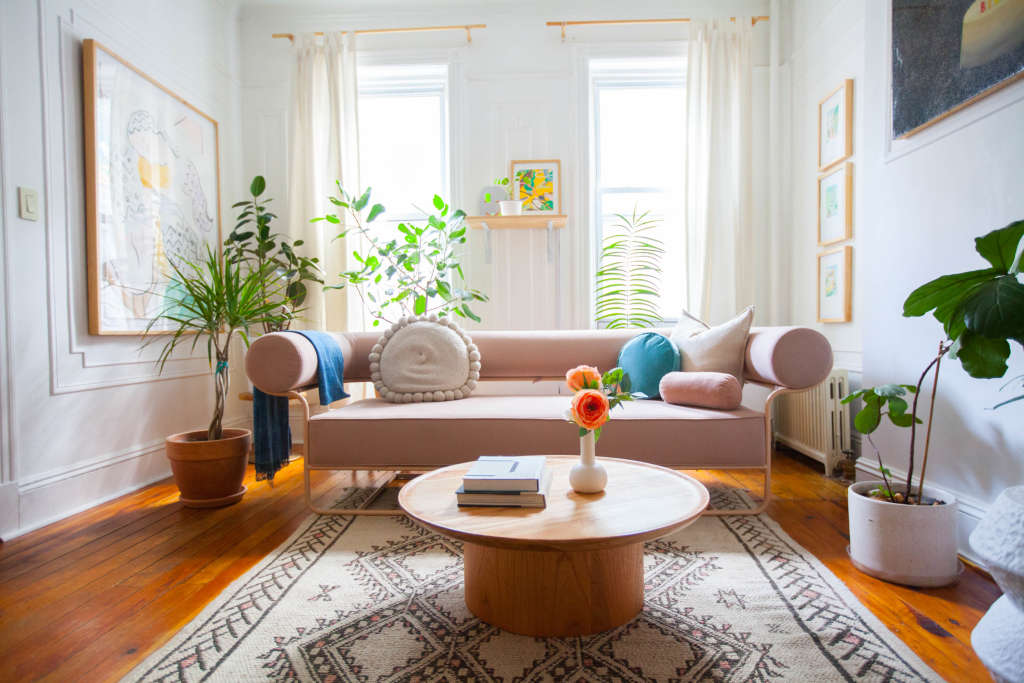 Don't underestimate the power of natural light in a living room.
Not only does it provide a source of free and energy-efficient light, but it also has a positive effect on our mood and well-being.
Make sure to maximize the amount of natural light in the room by keeping windows unobstructed and using light-colored curtains or blinds.
Natural light also helps to bring out the true colors of your furnishings and decor.
Don't underestimate the power of natural light in a living room.
Not only does it provide a source of free and energy-efficient light, but it also has a positive effect on our mood and well-being.
Make sure to maximize the amount of natural light in the room by keeping windows unobstructed and using light-colored curtains or blinds.
Natural light also helps to bring out the true colors of your furnishings and decor.
Dimmer Switches
 Investing in dimmer switches is a game-changer when it comes to lighting a living room.
They allow you to easily adjust the level of light in the room, giving you control over the ambiance.
Dimmer switches are especially useful for creating a cozy and intimate atmosphere for movie nights or a romantic dinner.
They also help to save energy and extend the lifespan of your light bulbs.
Investing in dimmer switches is a game-changer when it comes to lighting a living room.
They allow you to easily adjust the level of light in the room, giving you control over the ambiance.
Dimmer switches are especially useful for creating a cozy and intimate atmosphere for movie nights or a romantic dinner.
They also help to save energy and extend the lifespan of your light bulbs.
Personal Preference
 Ultimately, the type of lighting you choose for your living room should reflect your personal style and needs.
Whether you prefer a modern and sleek look with recessed lighting or a more traditional feel with a chandelier,
the key is to find a balance between functionality and aesthetics.
Don't be afraid to mix and match different types of lighting to create a unique and personalized space.
In conclusion,
lighting is an essential element in decorating a living room.
By incorporating different types of lighting, maximizing natural light, investing in dimmer switches, and staying true to your personal style, you can create the perfect ambiance for your living room. So go ahead and experiment with different lighting techniques to find what works best for you.
Ultimately, the type of lighting you choose for your living room should reflect your personal style and needs.
Whether you prefer a modern and sleek look with recessed lighting or a more traditional feel with a chandelier,
the key is to find a balance between functionality and aesthetics.
Don't be afraid to mix and match different types of lighting to create a unique and personalized space.
In conclusion,
lighting is an essential element in decorating a living room.
By incorporating different types of lighting, maximizing natural light, investing in dimmer switches, and staying true to your personal style, you can create the perfect ambiance for your living room. So go ahead and experiment with different lighting techniques to find what works best for you.


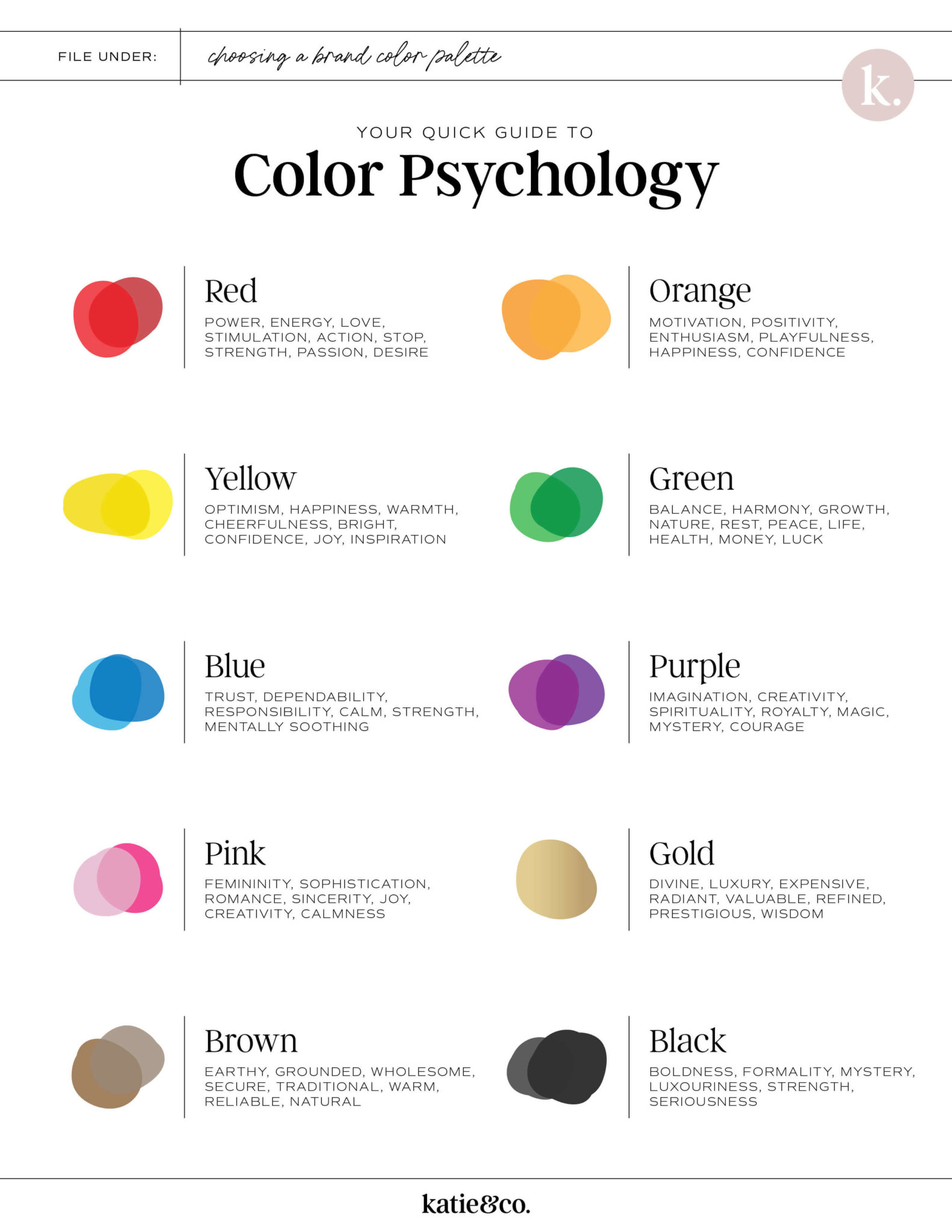

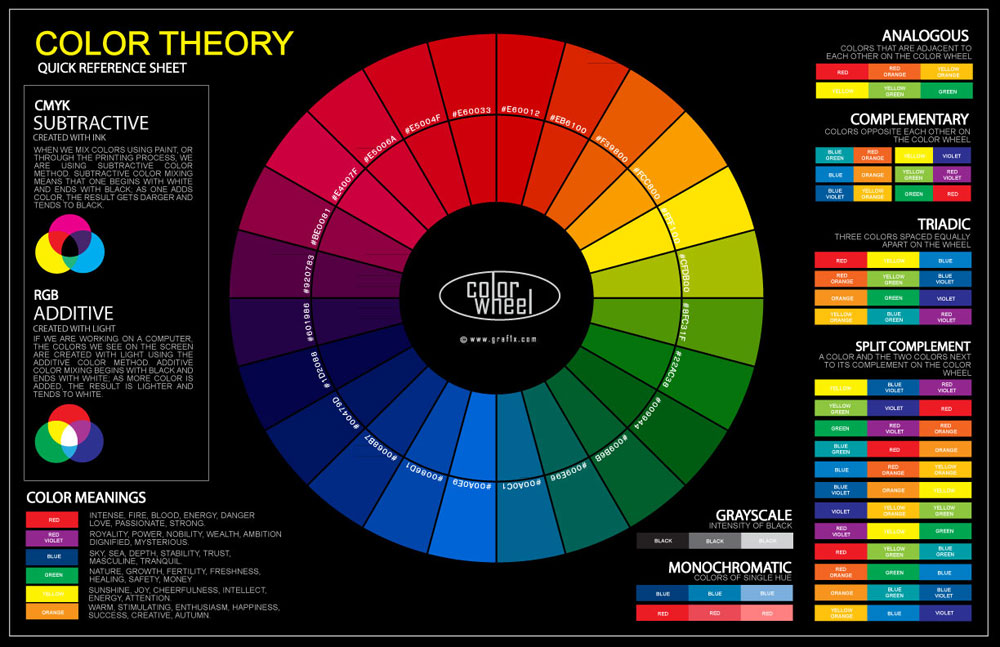


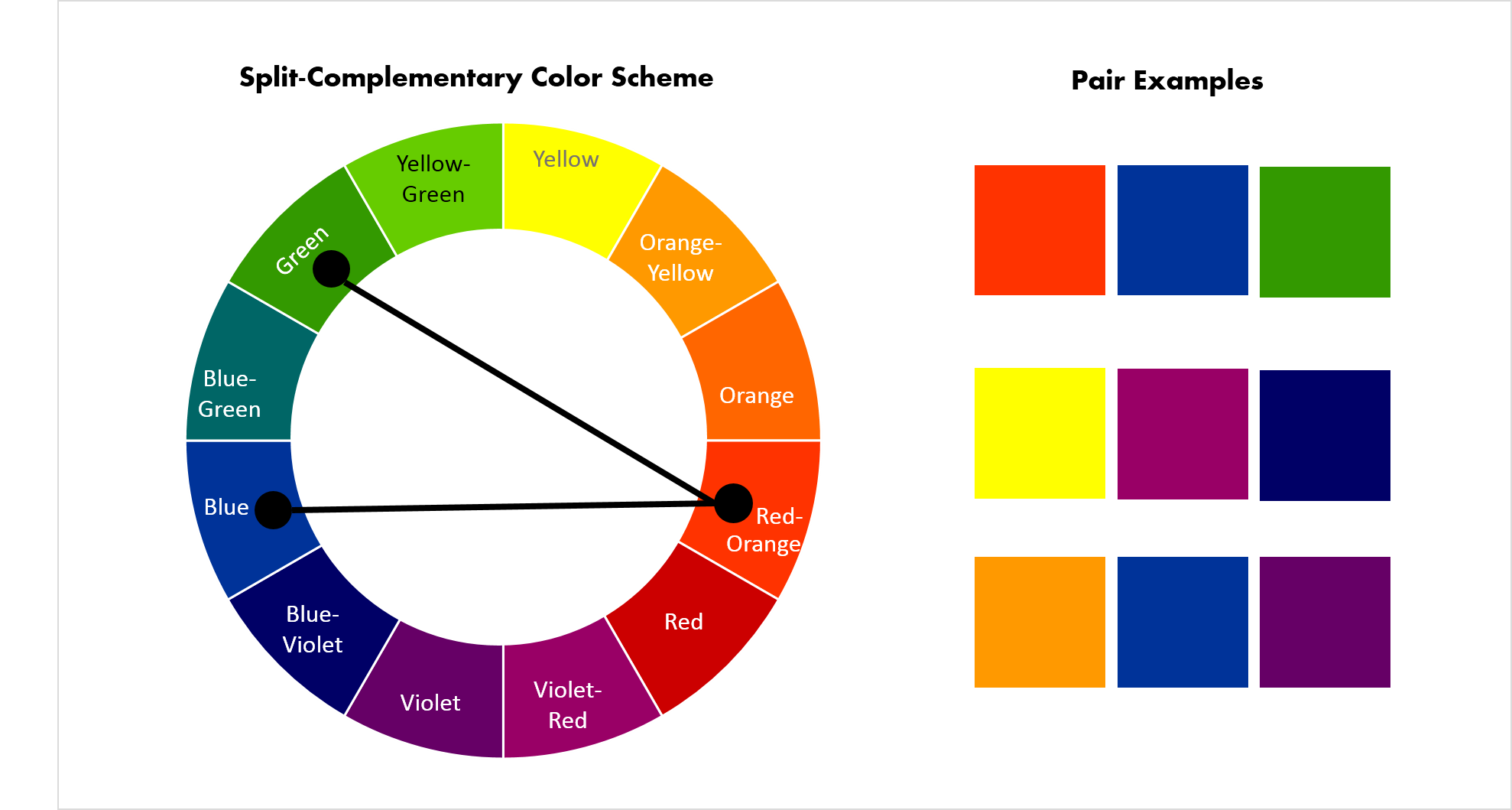









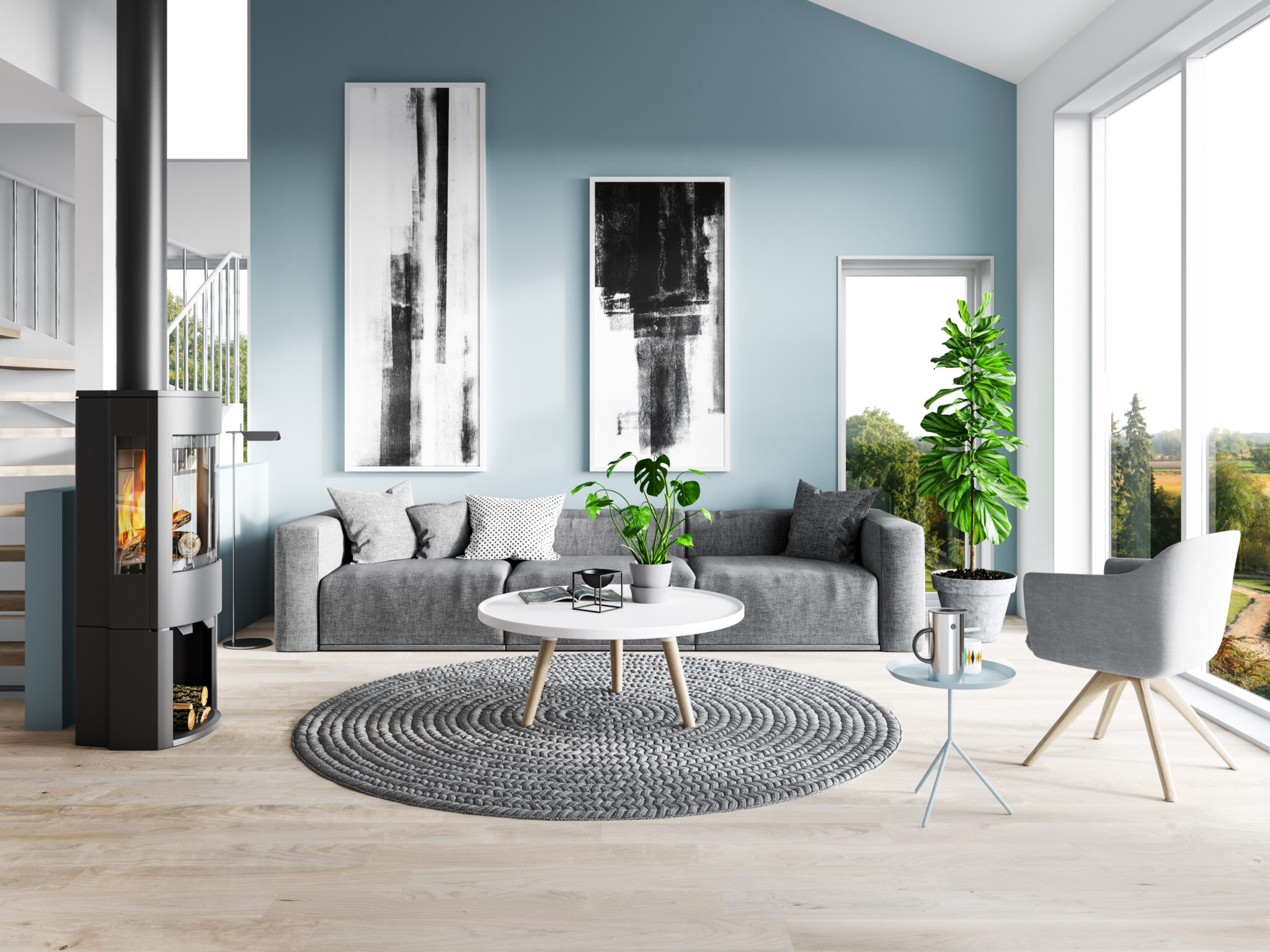
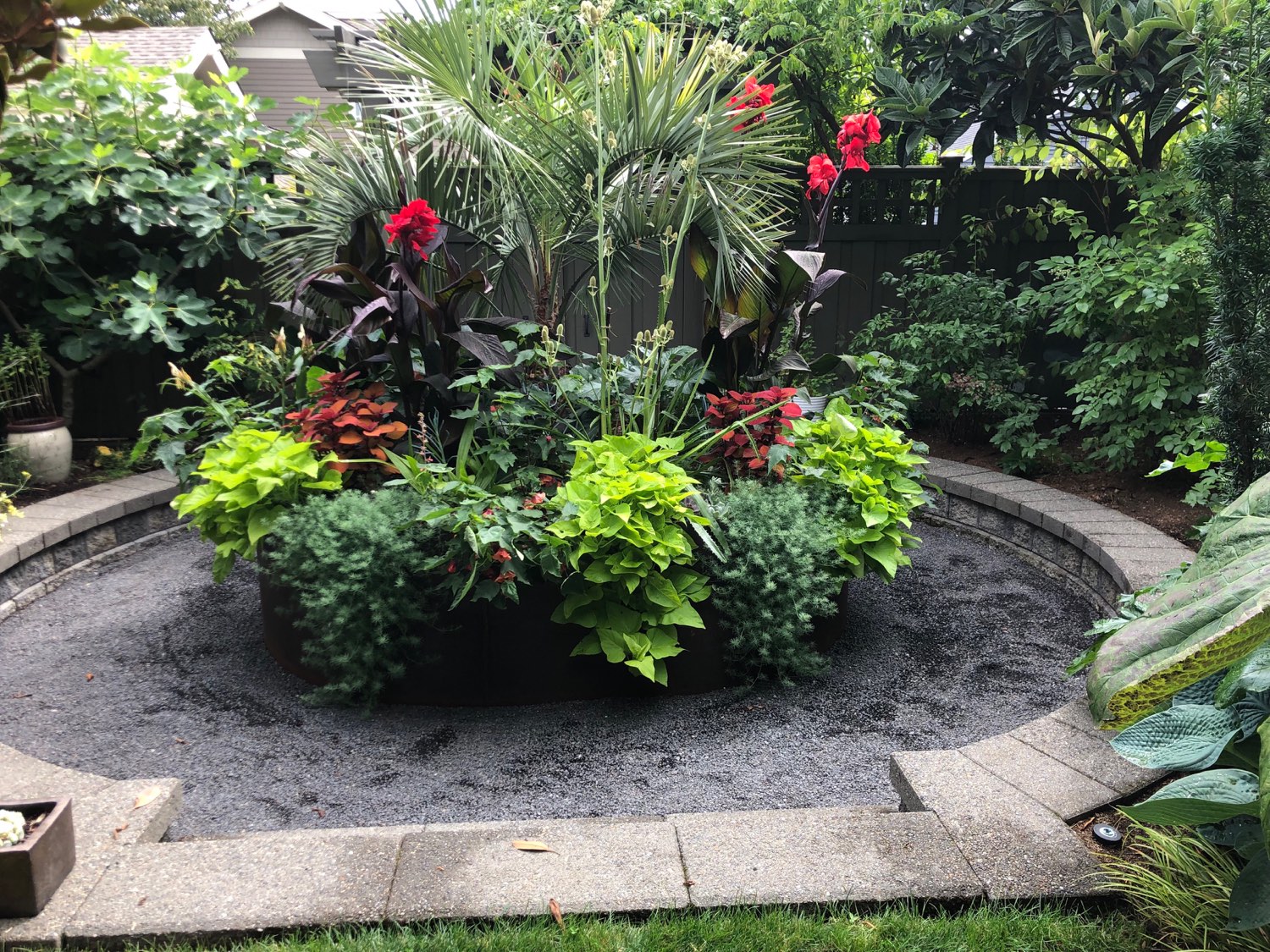
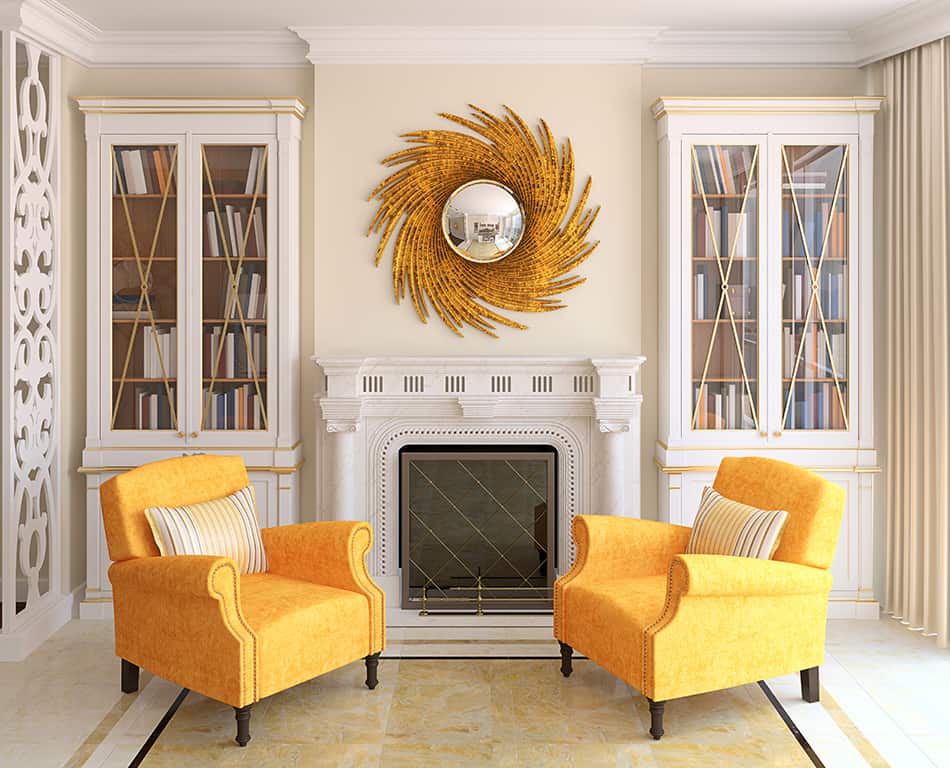



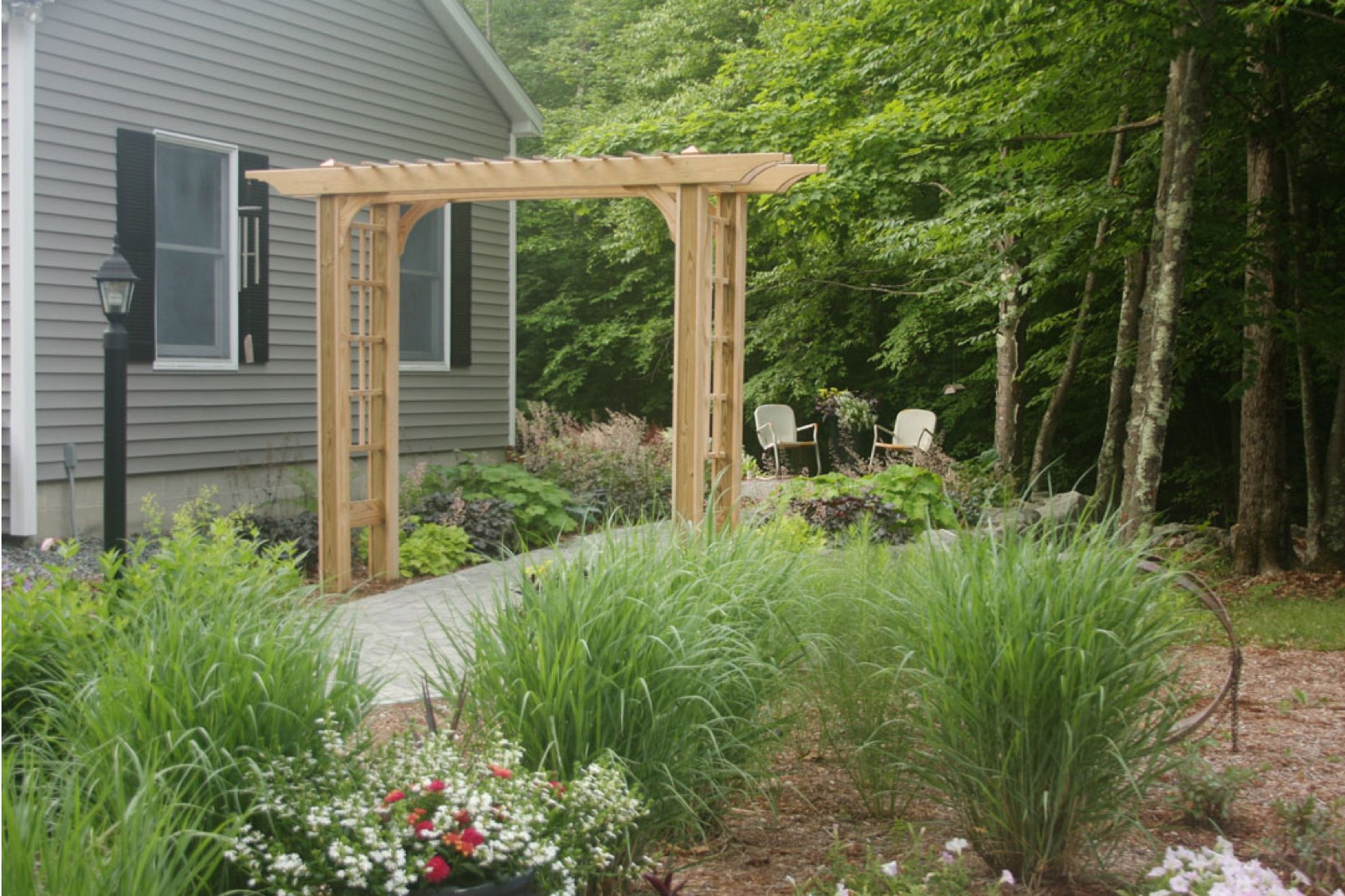




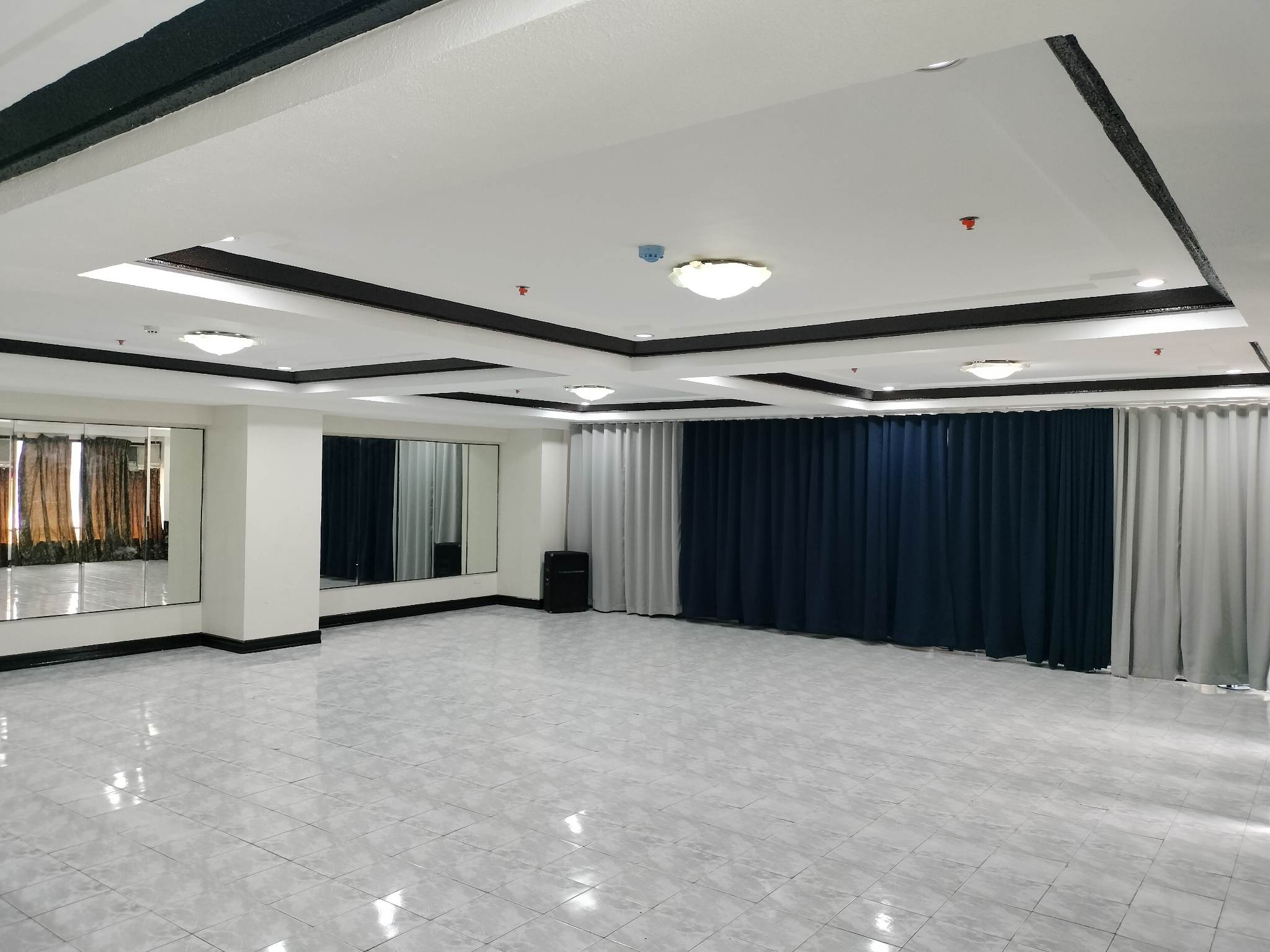

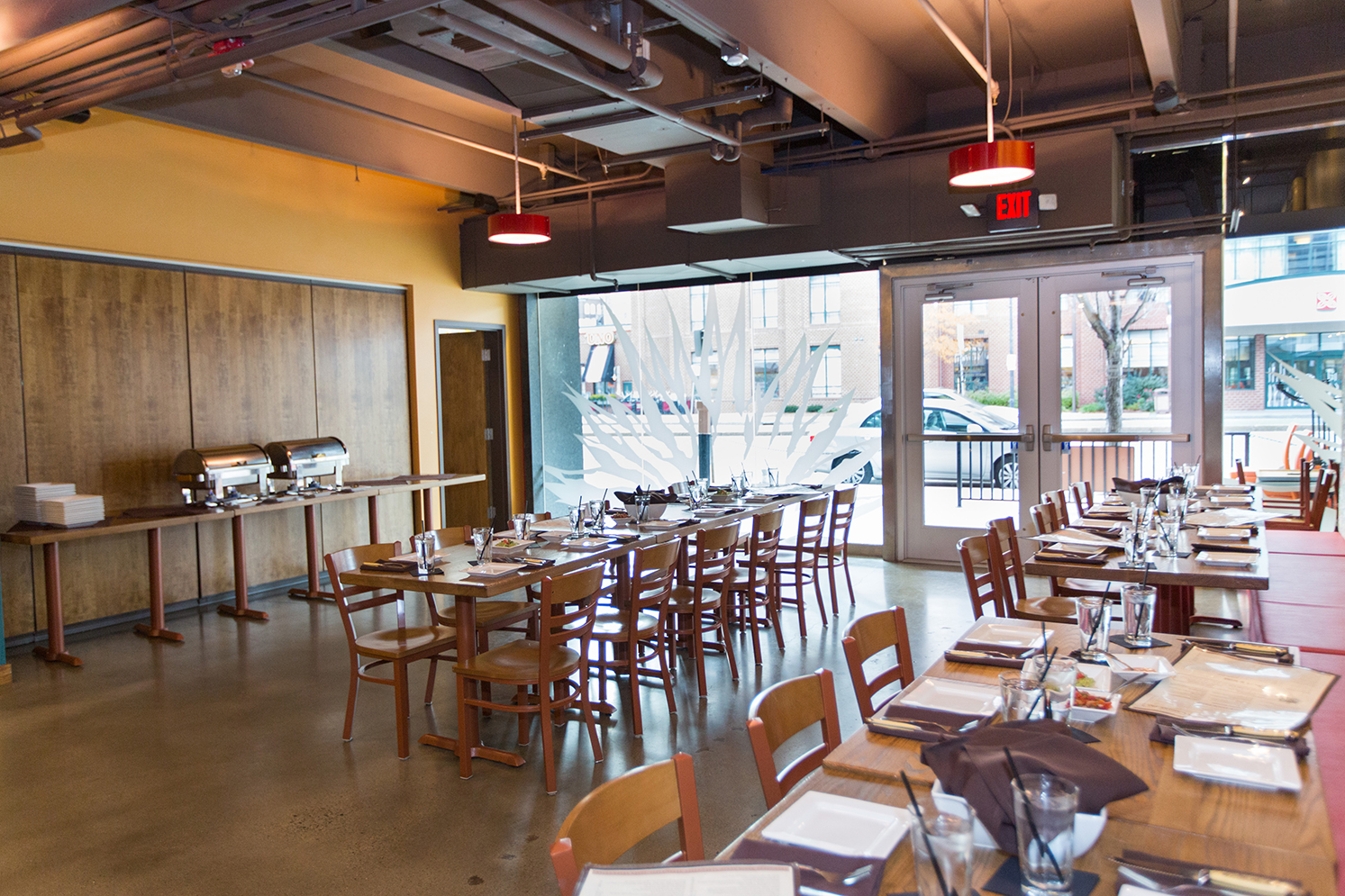



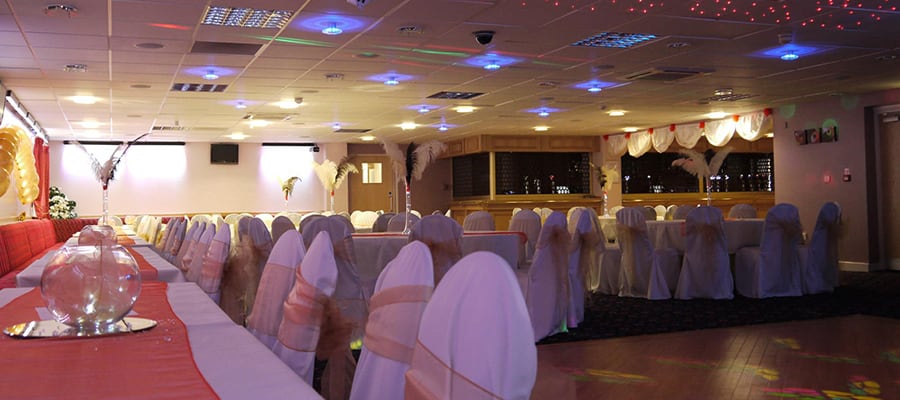
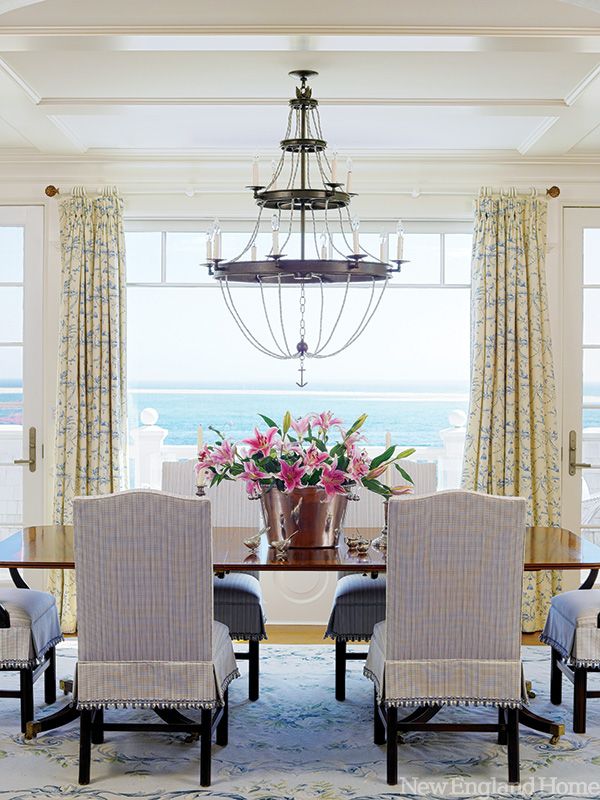

/balanced-furniture-58a71e573df78c345b8901f7.jpg)

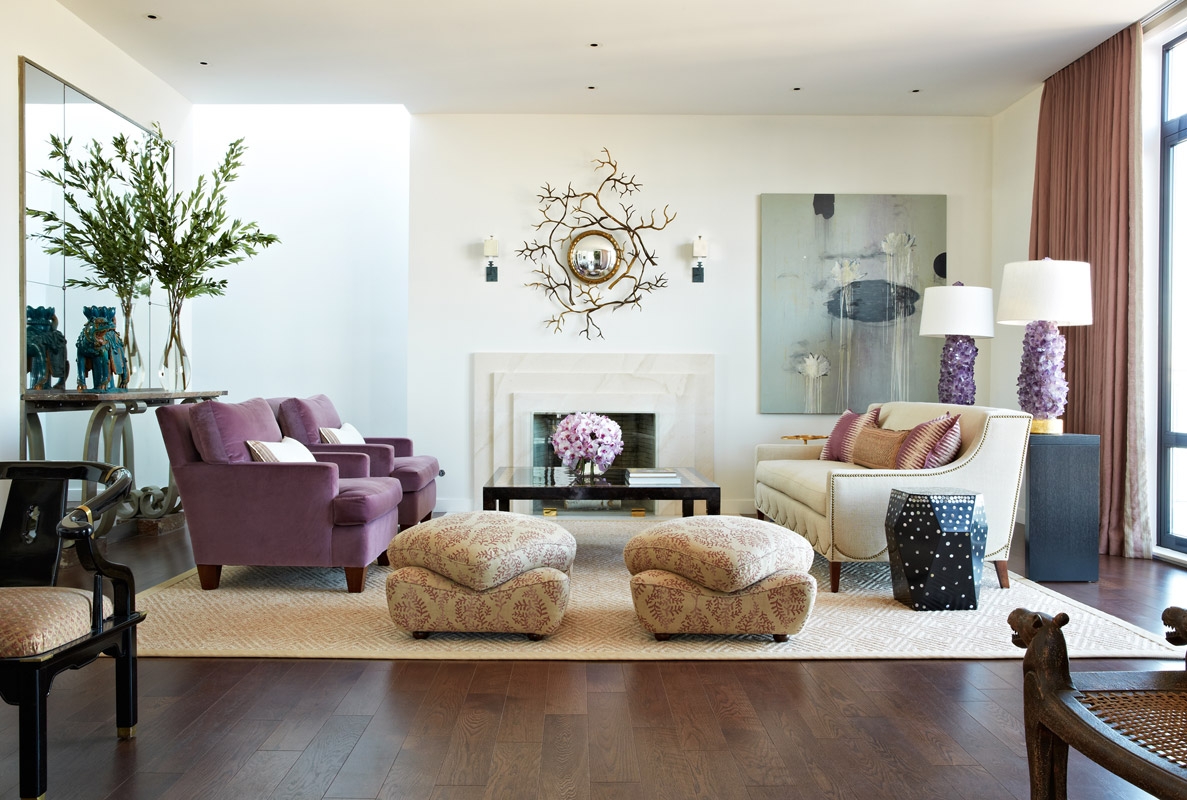
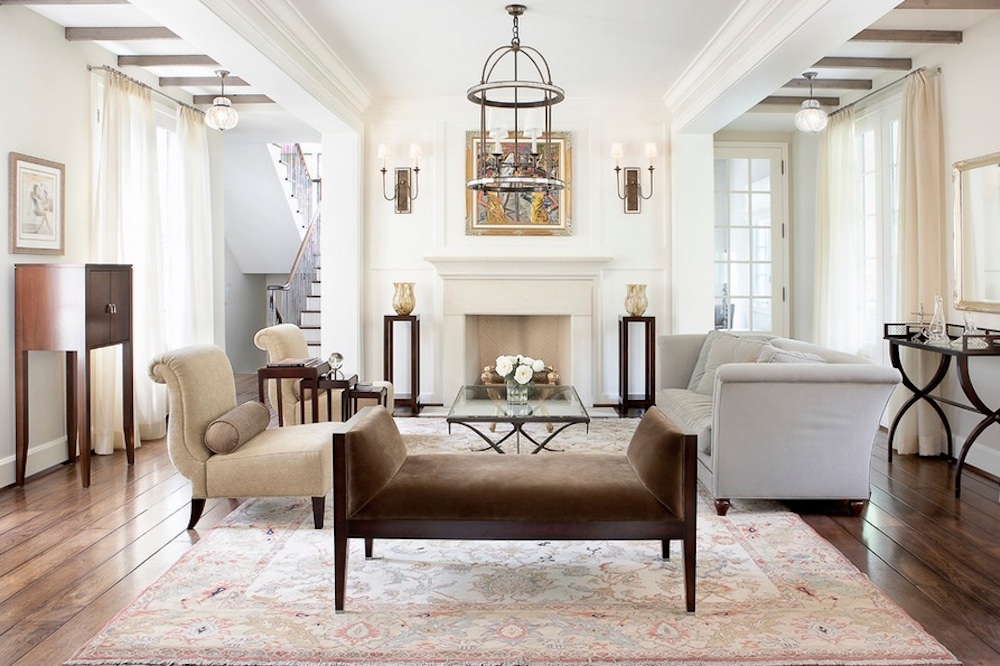

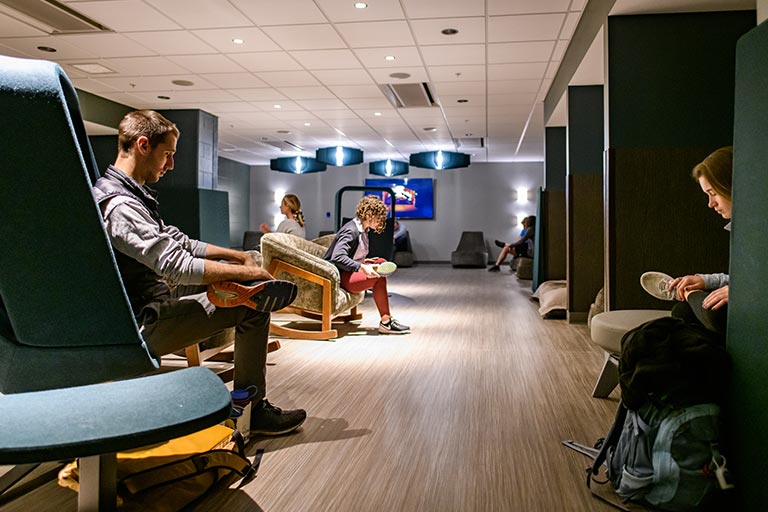

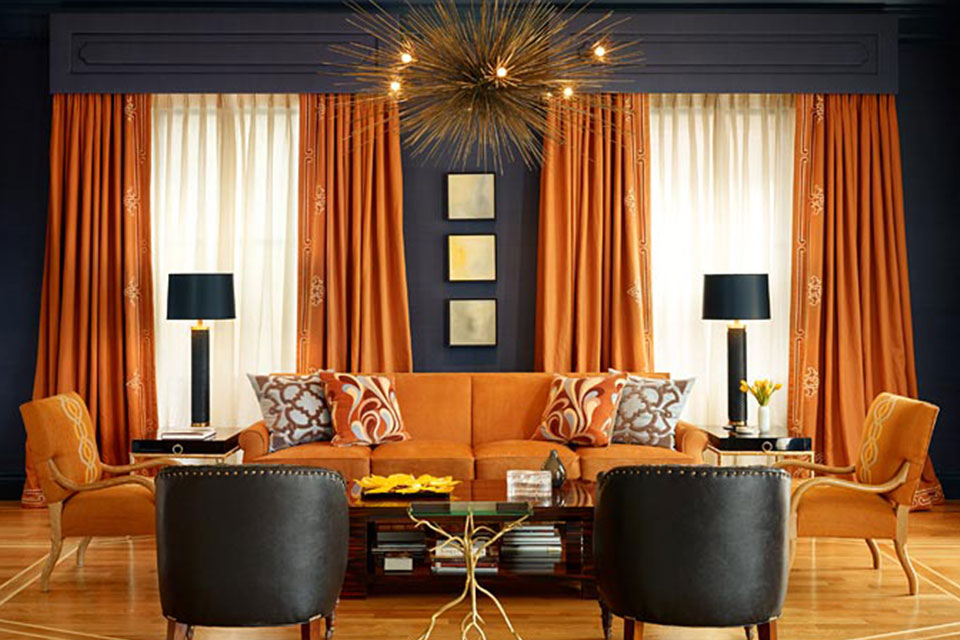
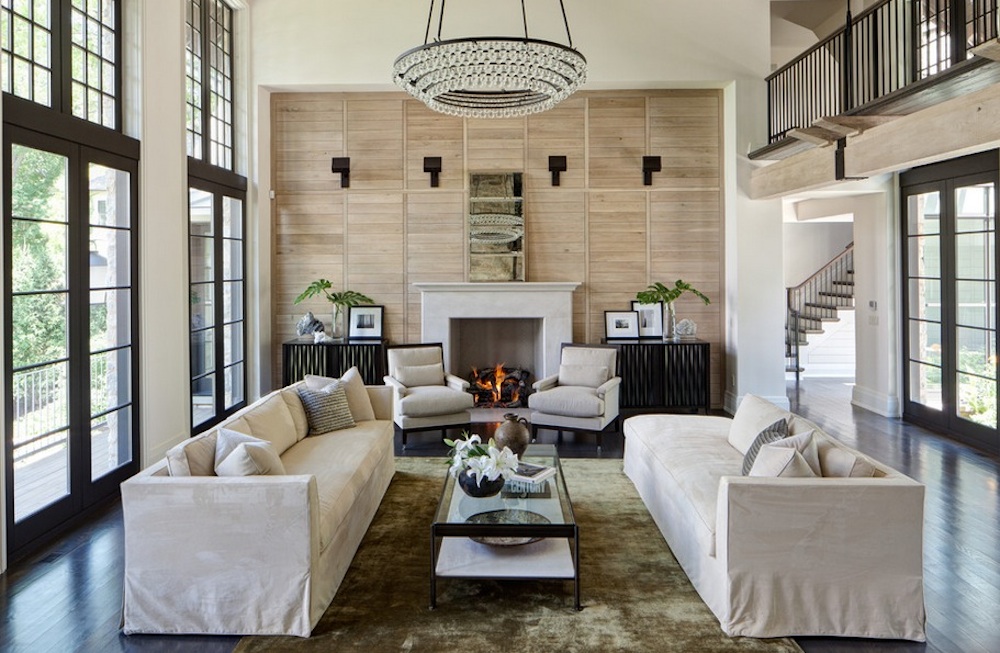



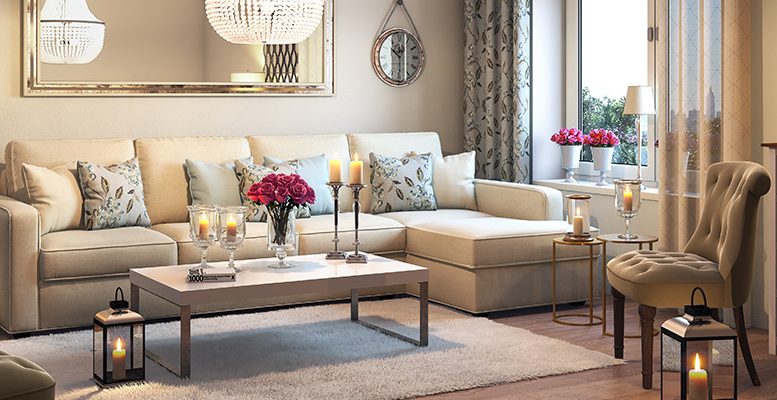
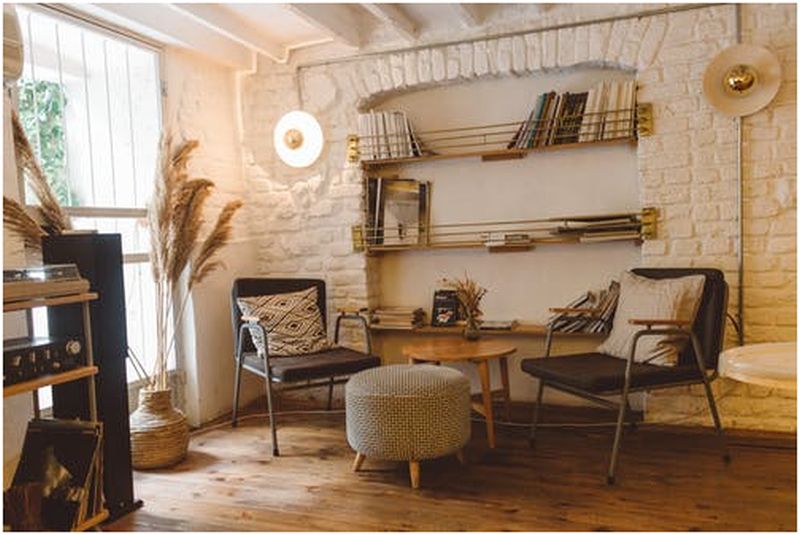



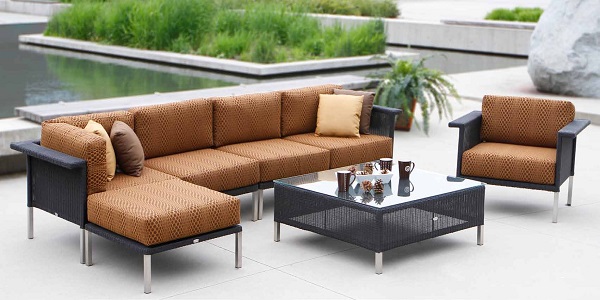
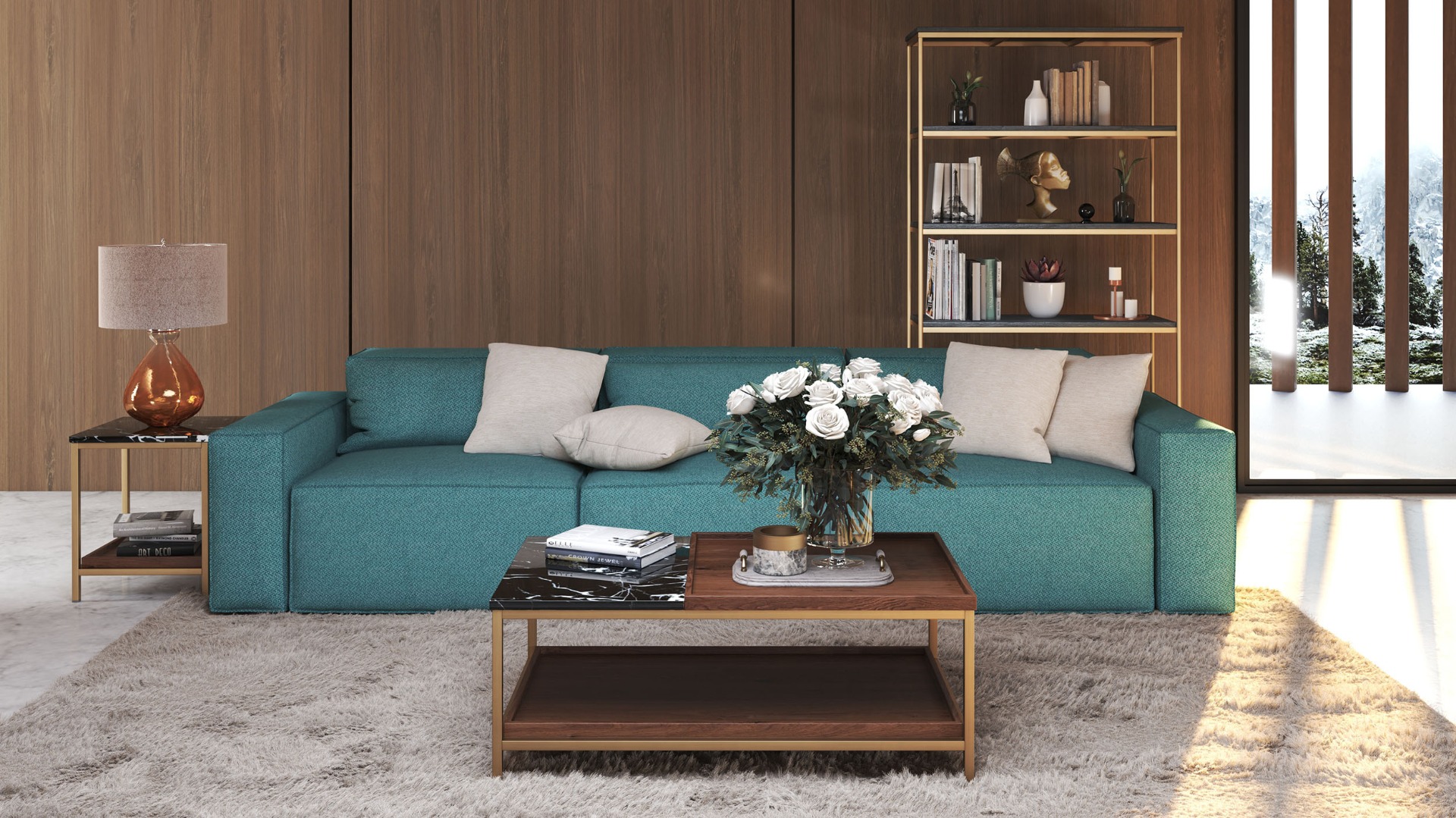
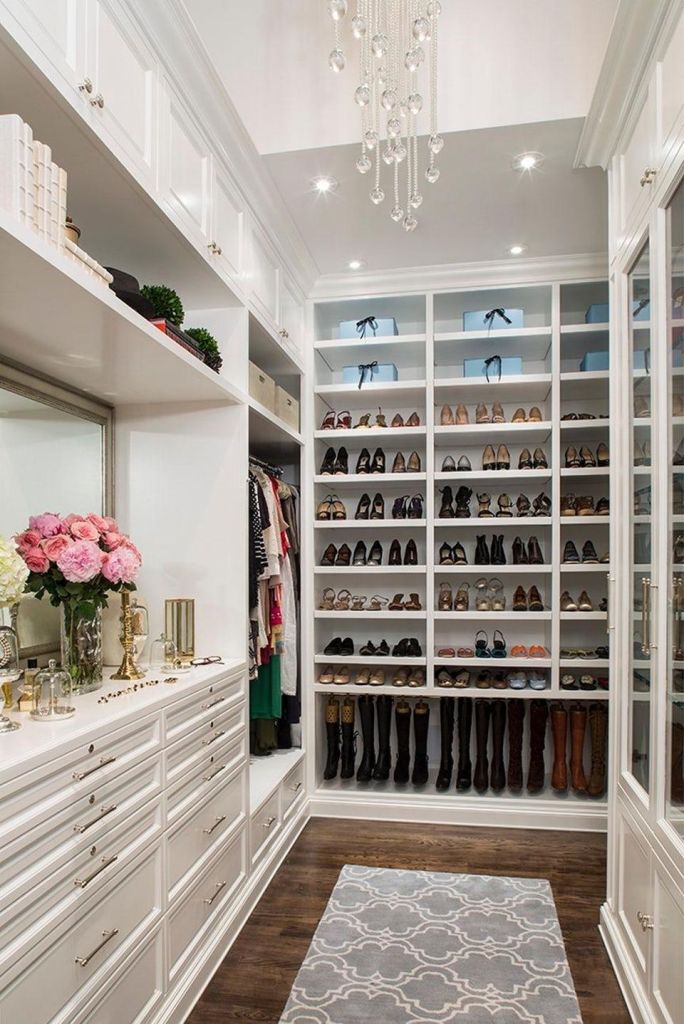

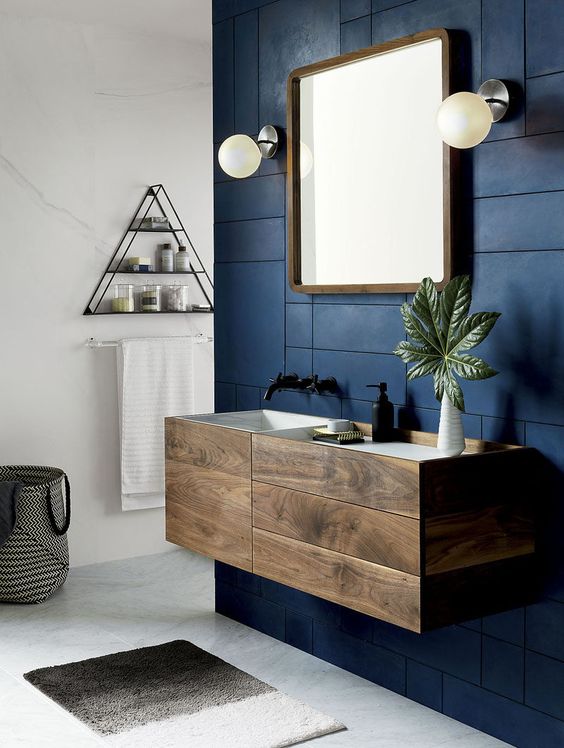





/https://specials-images.forbes.com/imageserve/9de5aa4d6006d1604e5128e07f03d4ca/0x0.jpg%3Ffit%3Dscale%26background%3D000000)



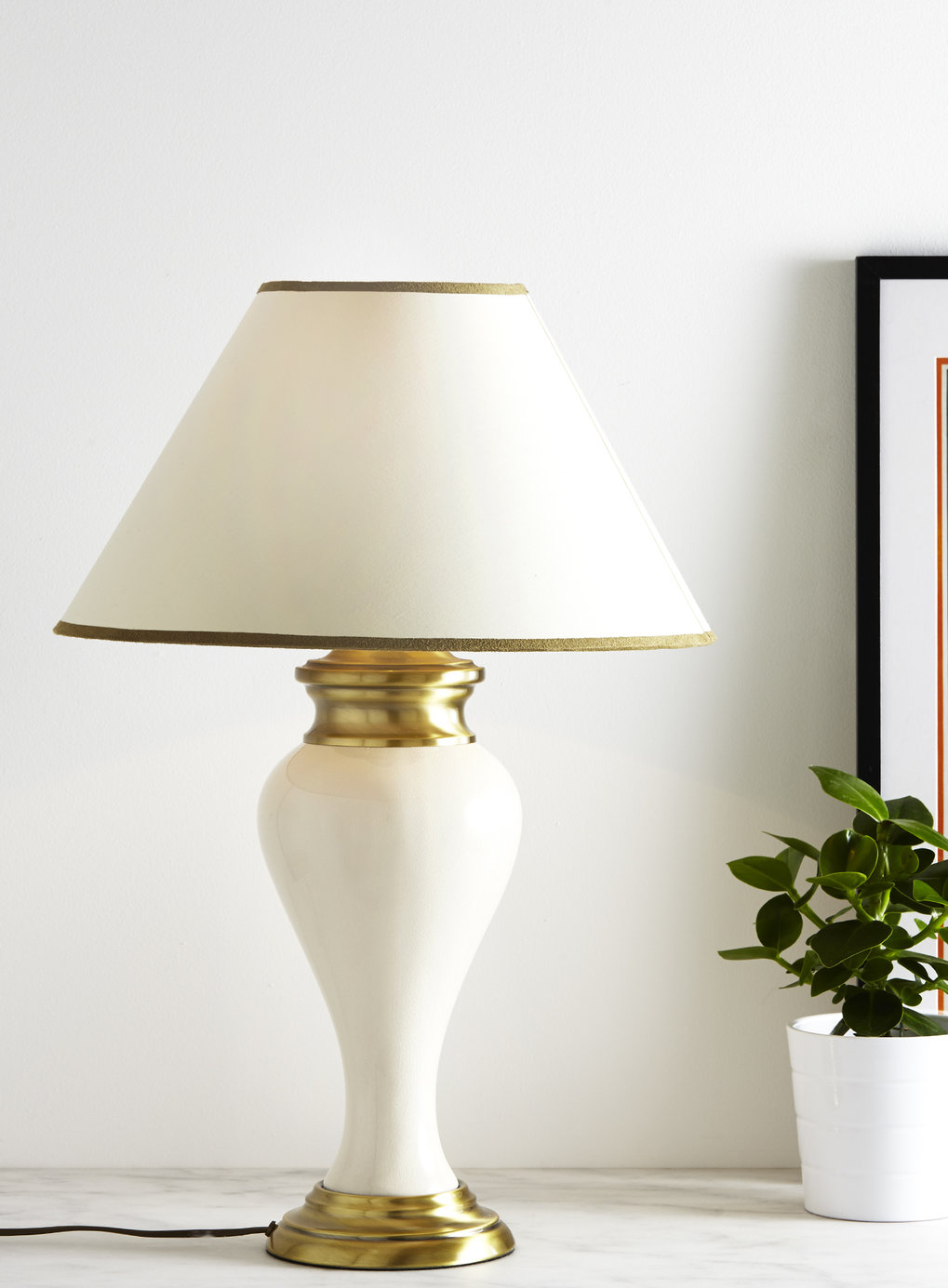




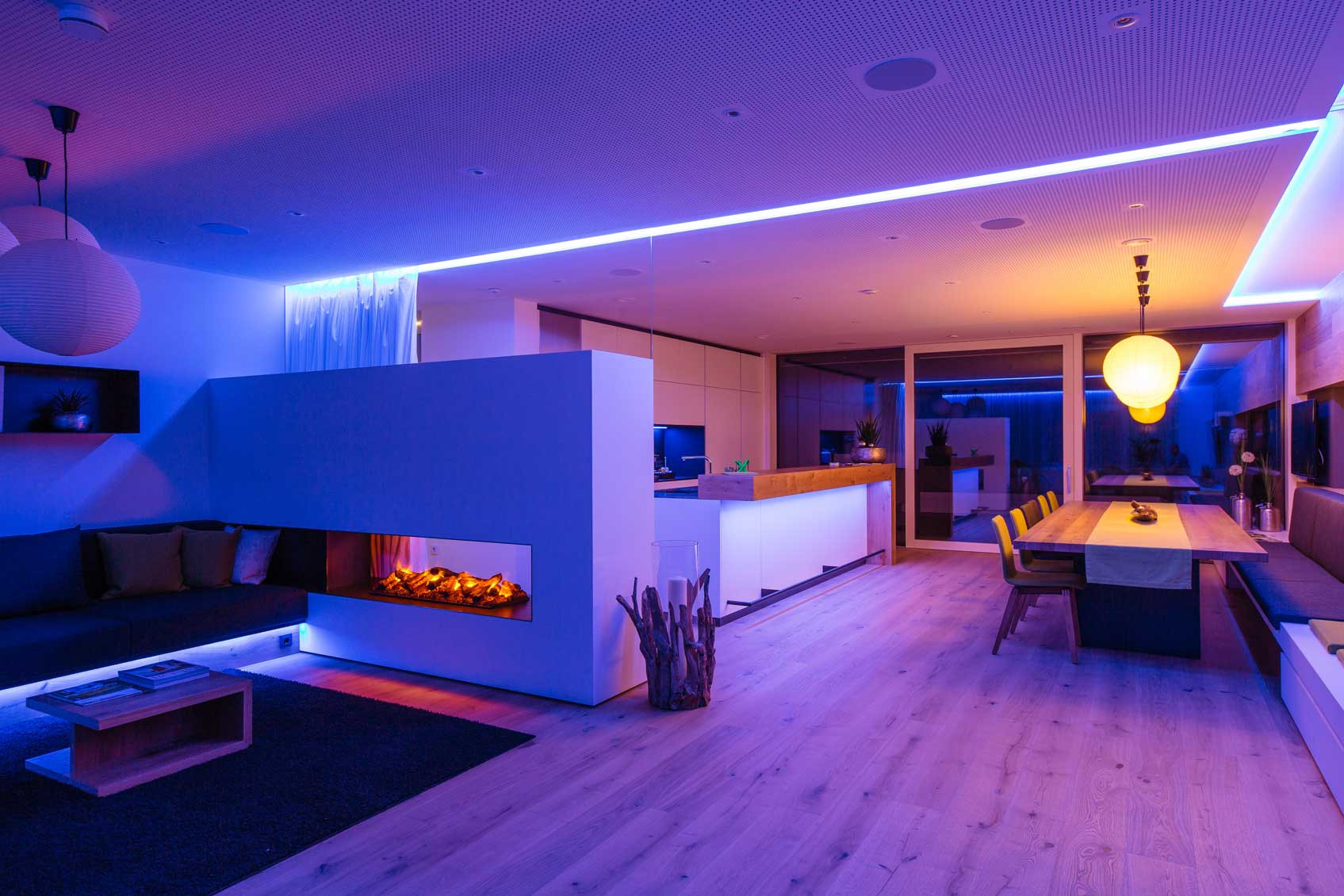


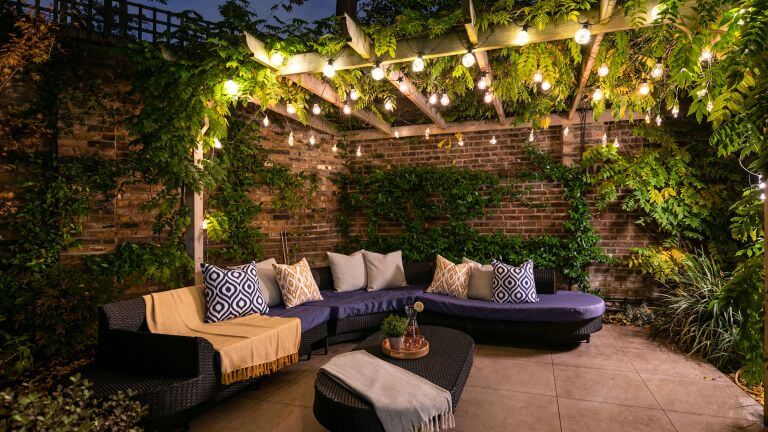


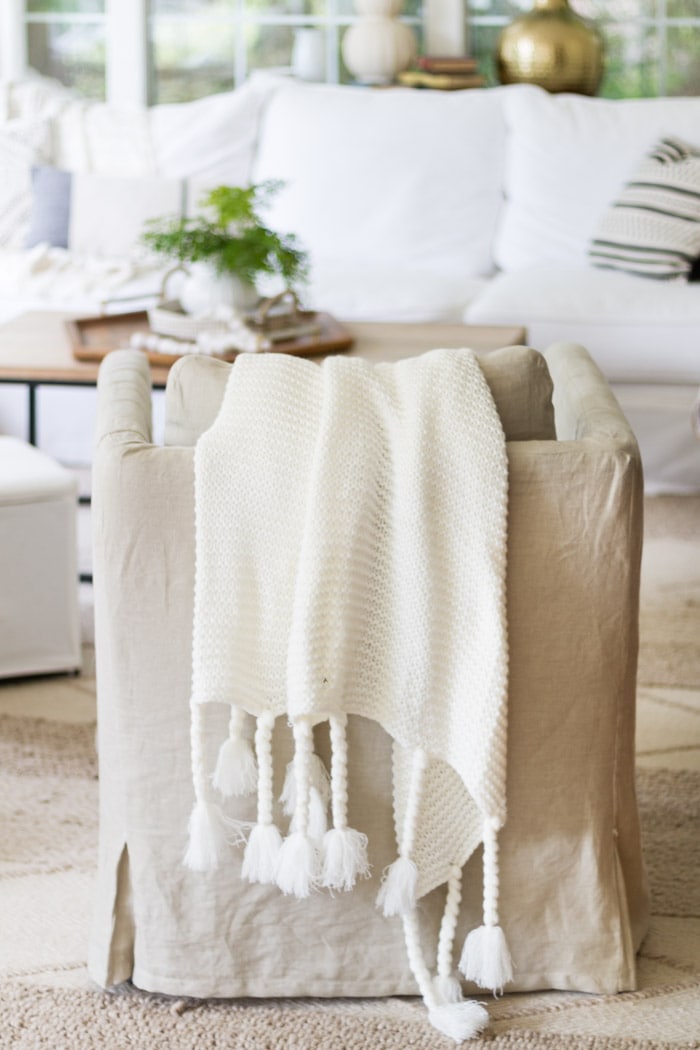




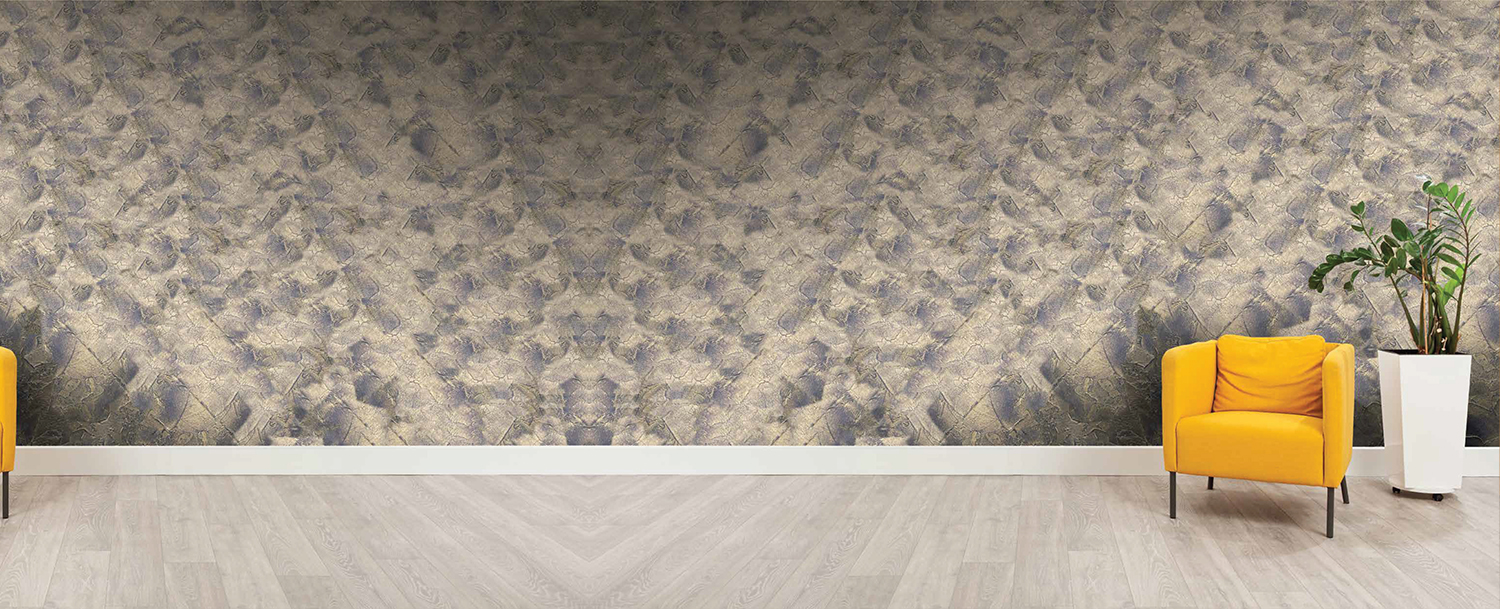




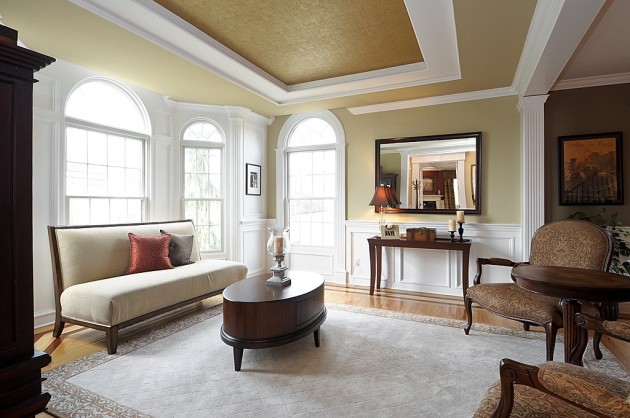




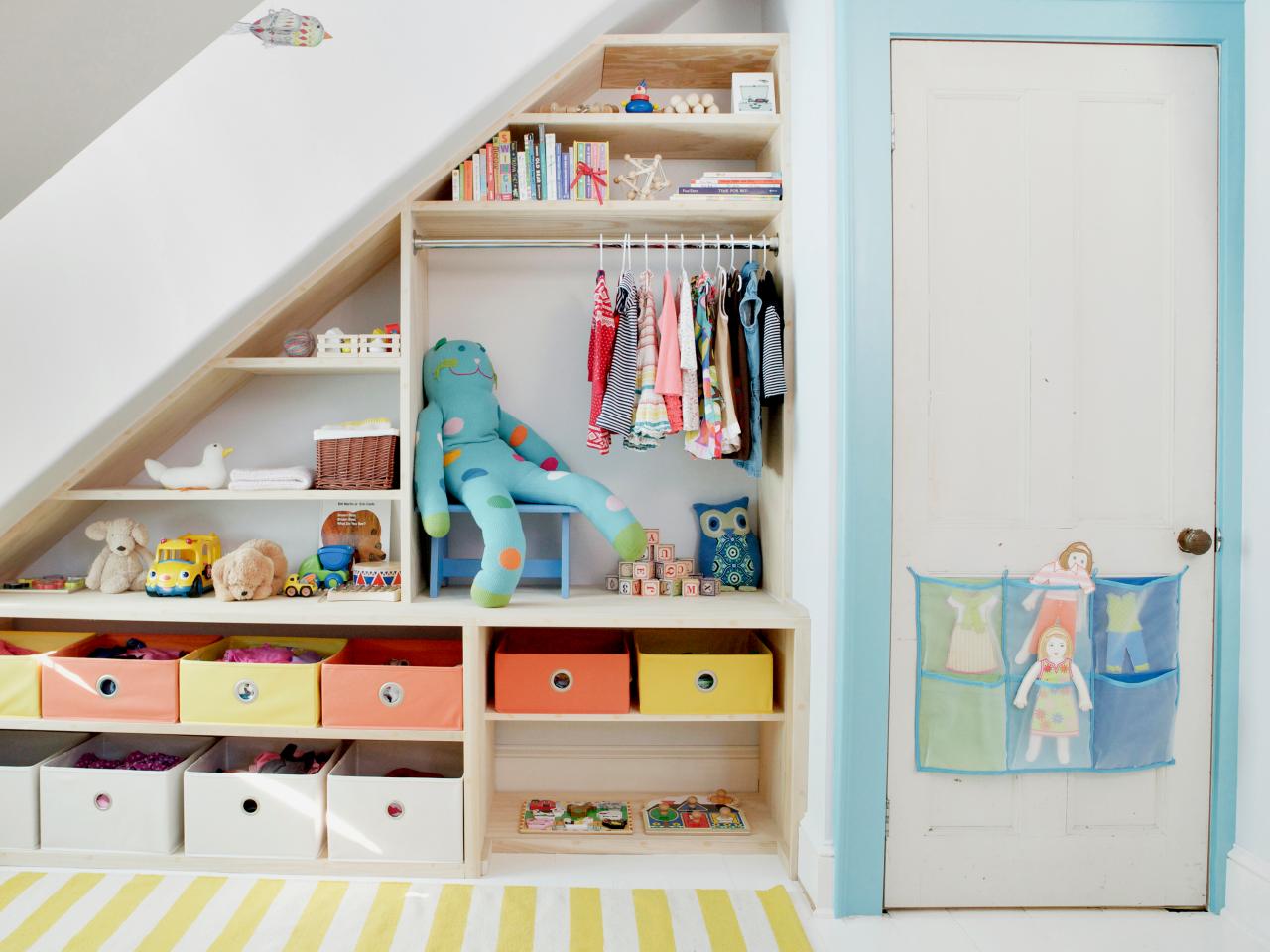
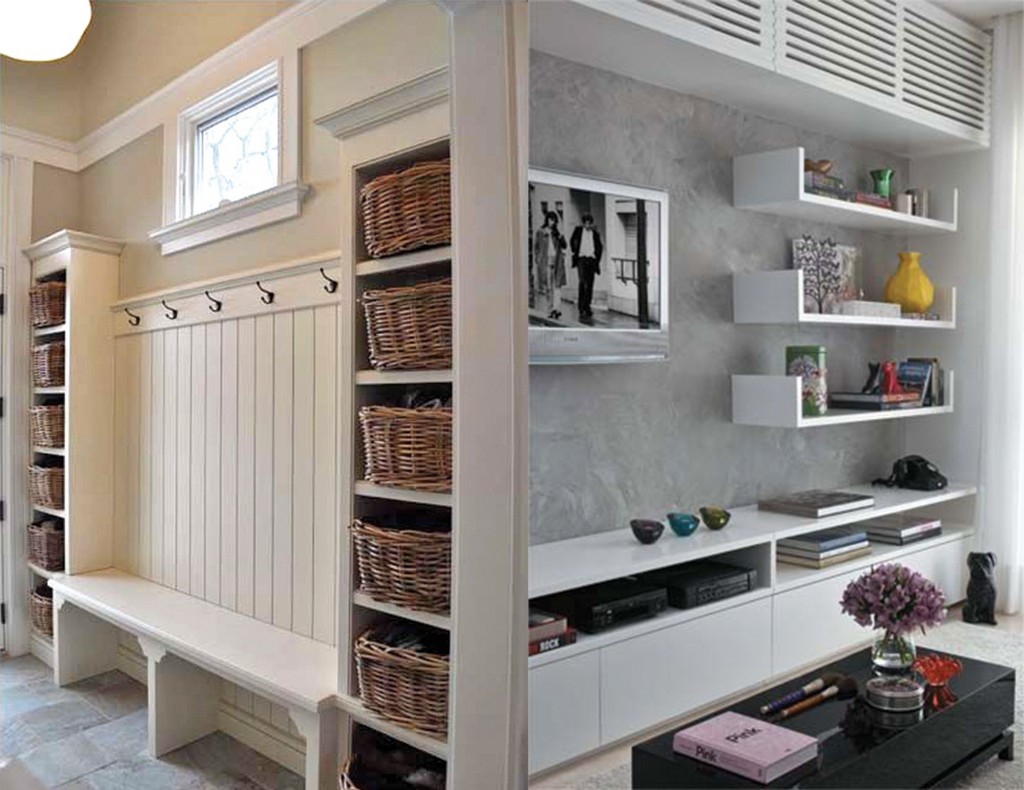
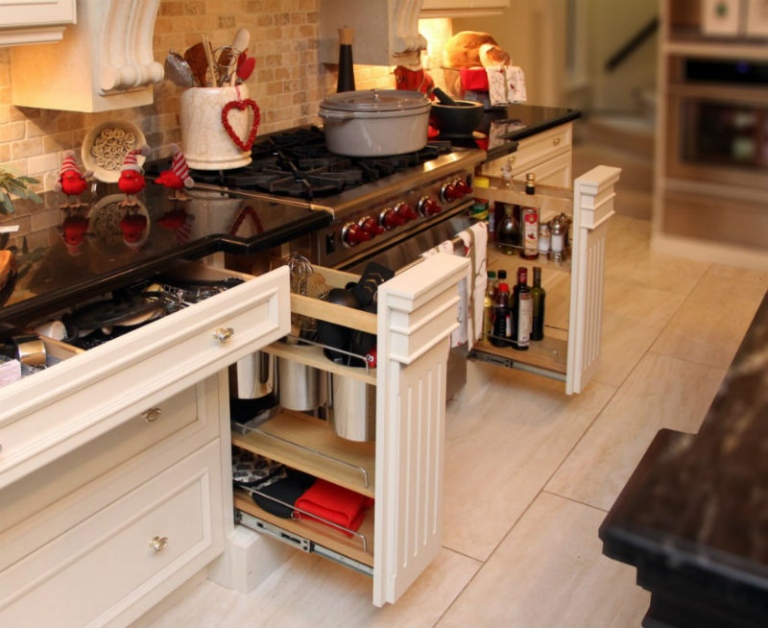
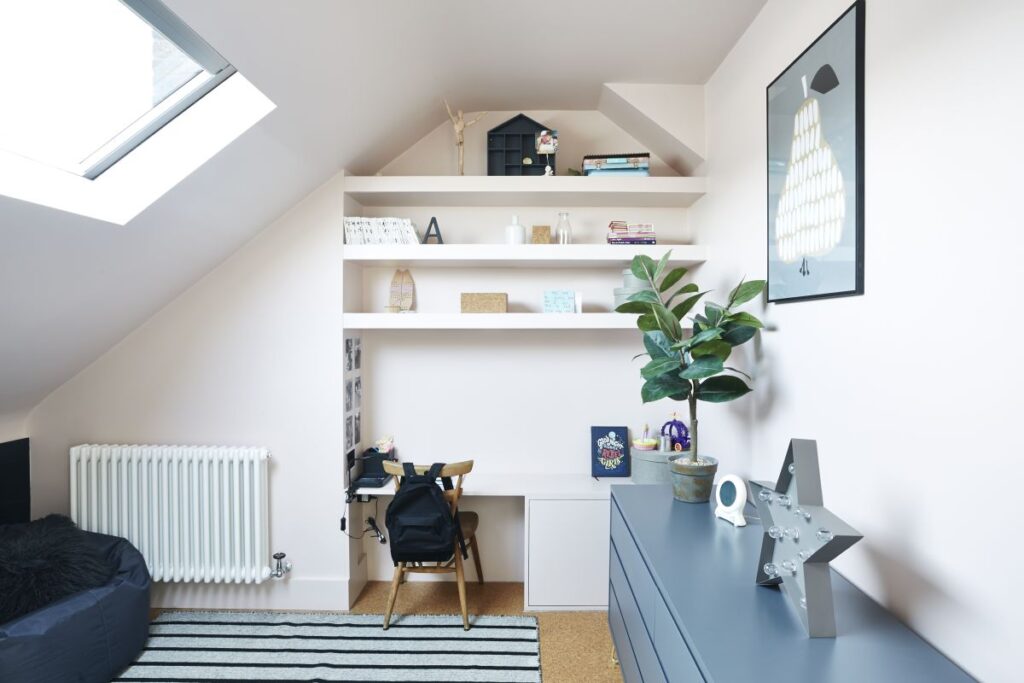
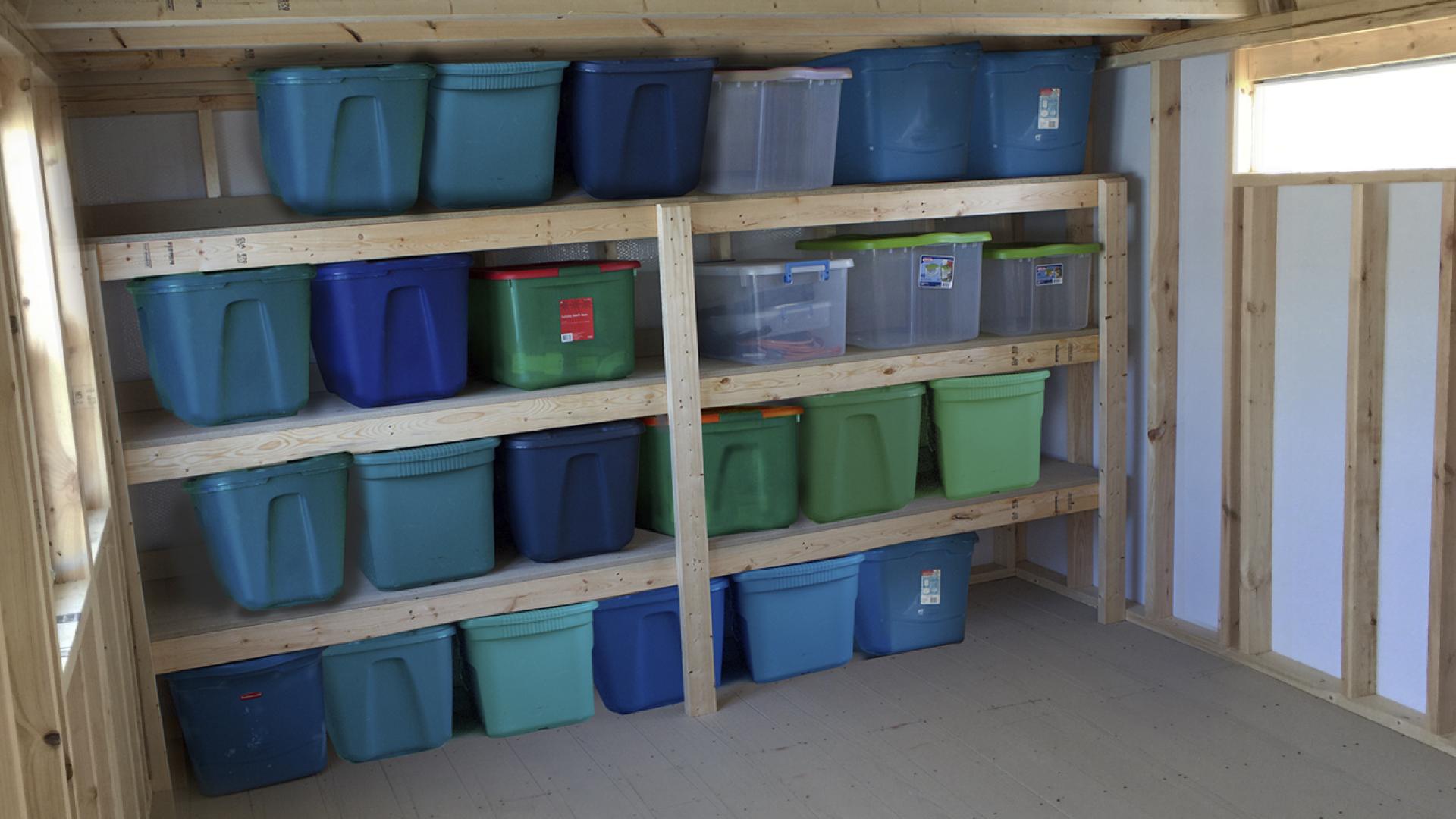

/182426381-57c77e413df78c71b663e8ff.jpg)








